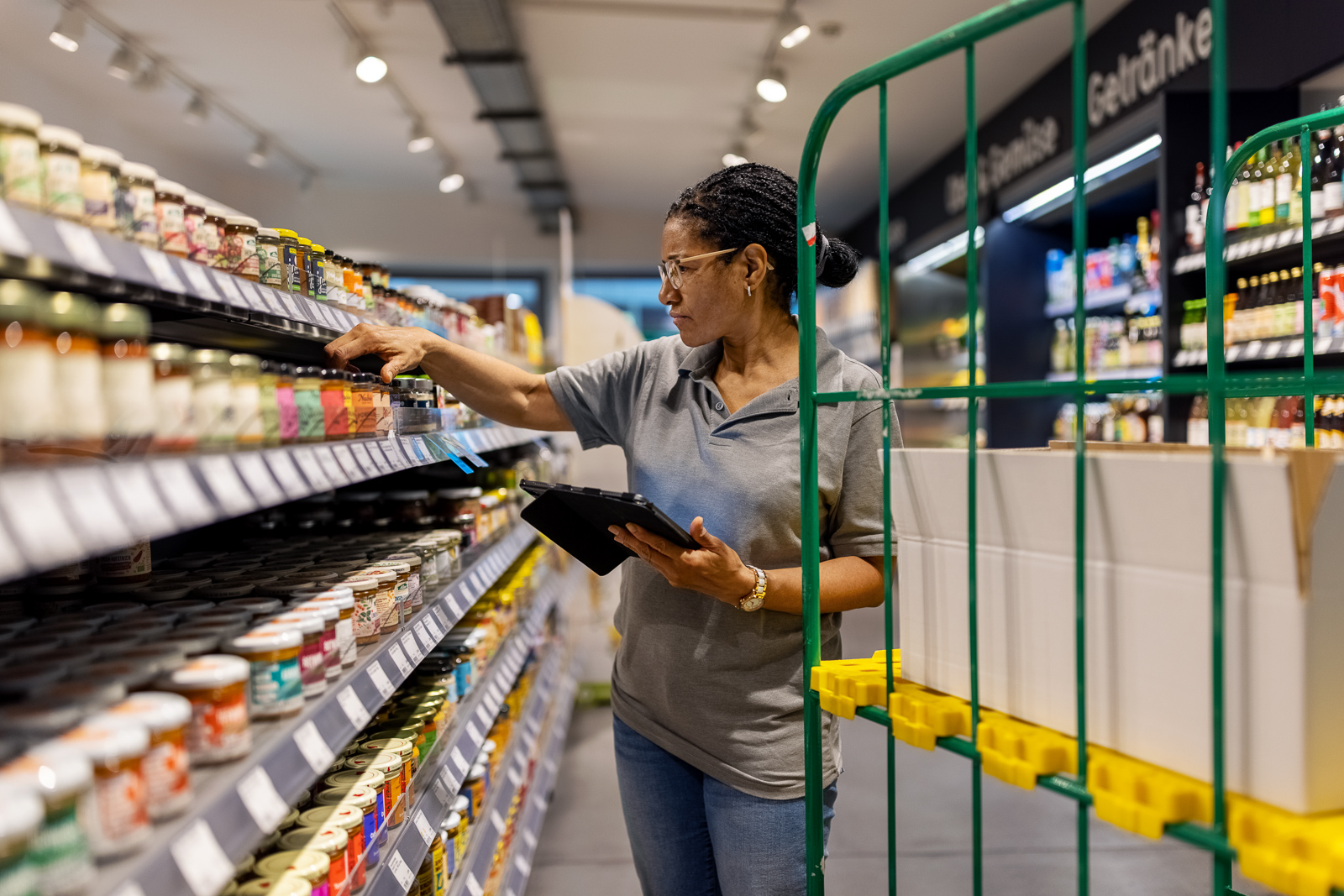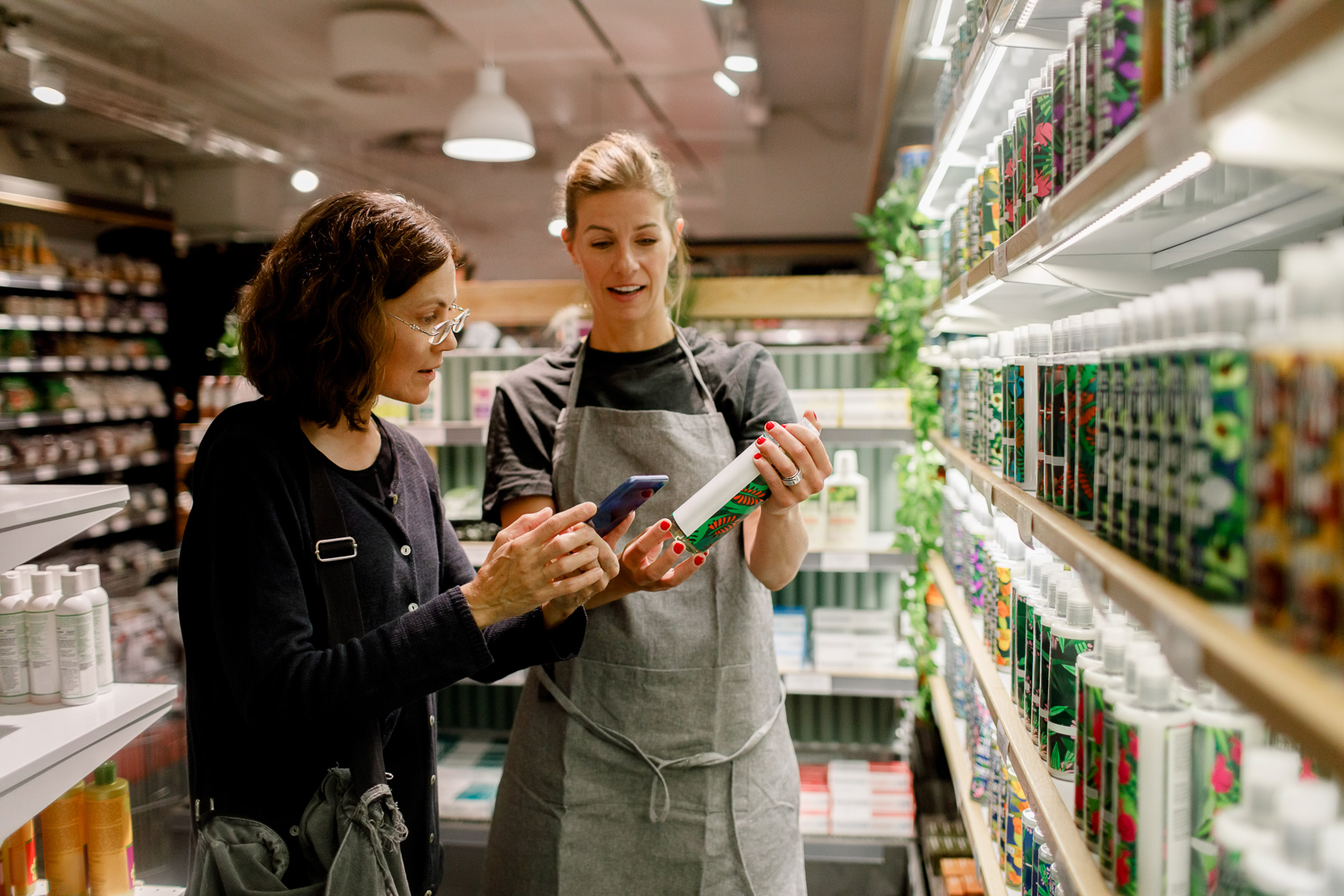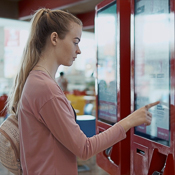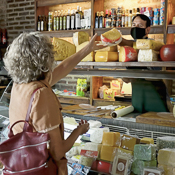Labor Shortages and Workforce Challenges
Duncan MacNaughton Interview: Consumer Goods Manufacturers Must Listen to their Workforce

Duncan MacNaughton served as President and Chief Operating Officer of the American variety store chain Family Dollar until 2019. Previously, he was CEO and President of a retail operation owned by the investment organization KKR, and Chief Merchandising/Marketing Officer at Walmart. He now serves on the board of several consumer-packaged goods (CPG) companies including Johnsonville.
He talked to Bobby Gibbs, a Principal in Oliver Wyman’s Retail and Consumer Goods Practice, about how the sector is coping with its current range of challenges, including inflation, labor shortages, and supply-chain disruption in retail.

Do you see any retail formats as more resilient now to labor shortages and supply-chain disruption?
In my 35 or so years in this industry I’ve never seen the dynamics come together as violently as they have in the current time. Whether we like it or not, larger retailers and companies have more resources and access because of their leverage with suppliers. They tend to have more sophisticated supply chains and dedicated fleets, and they can control their own destinies. Now the pandemic has caused production issues, those kinds of strengths are even more important. From a labor perspective, big retailers can provide benefits such as wages, healthcare, scholarships, and school reimbursements. I do believe, however, smaller to mid-size innovative retailers can pivot quickly and have strong brand equity with their customers and being there for them in times of crisis will be critical in the long term.
Do you think full-service or premium retailers face headwinds because labor is a higher portion of sales?
High-service, high-touch retail is for affluent people, and it will still have a place. People are passionate about their product and expect a quality shopping experience … for those that can afford it, it will continue grow. And value-seeking people will stay with value-oriented formats as they evolve their assortment and solutions. But the customers in the middle will start to migrate to value-based retailers, because they can stretch their dollars.
Do you see meaningful changes in suppliers’ labor management in the future?
I’m on a few boards of consumer goods manufacturers where plants are running at virtually 100% yield. However, they’re doing this with only 65% to 75% of their employees, who are working a lot of overtime. There’s a lot of fatigue in America today. So you’re seeing increased wages, incentives for people to stay, bonuses either to sign on or to work weekends.
Consumer goods manufacturers must listen to their workforce — provide a safe environment and things like multiyear retention and referral bonuses. And I think culture, ethics, and values matter.
People today want to work for companies that have values similar to their own. You’re signing up to live a lifestyle with your company.
What impact will inflationary pressures have on the relationship between retailers and their suppliers?
Folks that have strategic relationships will be able to leverage years of co-investing, co-innovating, mutual business plans, winning together, and losing together. So they can take some shared risk. If there are cost increases of 10%, they can say, “Let’s put in 6% now, and we’ll migrate to the other 4% later.” If you’ve been a transactional partner, it is going to be more difficult, and I think there are going to be some ugly endings. This will also have an impact on who gets what supply and when: In a strategic partnership there will be a longer-term target that has been mutually agreed to.
In consumer-packaged goods (CPG), what traits are going to define the winners and the losers?
The CPG brands that are going to win are in shoppers’ daily lives and are easy to access, whether it be direct to the CPG company or through a retailer. I never thought I’d see a 10% grocery e-commerce penetration in my time, but within 12 to 18 months we went from 3.5% to 10%.
That opens the door to a direct relationship with the consumer. Those CPG brands in their customers’ lives, helping them solve everyday problems, are going to win. So will those that are leveraging social commerce today. This gives the small entrepreneur a real opportunity to get direct access to the digital customer. Who would have thought that you could buy product off TikTok? The world has changed. The customer has changed.
What innovative practices have you seen retailers or consumer goods manufacturers develop over the last few years?
The biggest surprise to me was how fast retailers adapted to e-commerce and personalized shopping experiences. The ones that are winning are those that have quickly gone to seamless, touchless pick-up/delivery and understand their customers the best.
We always measure experience in a physical store. But we also have to make sure we understand the experience a customer is getting digitally, because it’s so easy to click away to a new site. How do you make sure that you’re providing the customer with the right experience? A comprehensive 360 degree solution.
The big guys can invest in new shopping channels. Where does that leave the other retail formats?
The pandemic scared people and they like smaller store sizes, because they have fewer people in them. Anyway, customers today — particularly Gen Z — prefer a smaller store. So I think we’re at the dawn of smaller stores, and I don’t think it’s going to be uncommon to see very large retail stores — say 150,000 square feet (about 14,000 square meters) — shrink to half of that. I think there will be more micro fulfilment centers, so retailers can fulfil quickly in neighborhoods.
Do you think there’s any kind of purchase that’s really isolated from digital at this point in retail?
I think the last to fall will be the fresh areas. People are very comfortable buying nonperishable center-store products online, but for produce, meat, and bakery, it’s important to have a tactile connection with the product. Also, I do think we’re social beings, even though the new generation likes technology. We still like to talk to people, and shopping is part of that culture.

Do you closely follow any single number or statistic? er, what’s your biggest learning of the last two years?
I’ve always looked at the price of gasoline in the United States. Any time the price goes over $3 a gallon — whether I worked for an upscale retailer or a value-based — it has changed the dynamics of the customer. When you go and you fill up for 20 bucks, and then it’s 30, and then it’s 50 — that’s discretionary income for most Americans, and it hits them fast. They need their cars, and they need to go to work, and they need to get the kids to childcare. That price changes behavior faster than anything else I’ve seen, so rising gas prices in America are scary to me.
In the 70s, 80s, and 90s, the big retailers went public and grew, and folks who worked at them had a chance to own a piece of the company. Now, they are growing more slowly. Do you think that that has impacted retailers in terms of recruiting, retention, and career development of their workforce?
I think company ownership and being able to grow equity is important to team members, but many have immediate concerns. Some of the family-owned businesses have gone to ESOP (employee stock ownership plans) for that very reason. But I don’t think you’re going to see that kind of rapid growth again. The needs of hourly workers in the store are more about what they need today, this week, this month, rather than building up equity over time. At the level of department and store management, it becomes more important. If people can build equity in something they believe in, employment would be a lot stickier. Turnover is too high in retail, and it remains too high.
I believe we are experiencing a workforce imbalance where recruiting and retention bonuses are likely here to stay. The winners will provide their workforce clear career paths, investments in their continued education and scholarships, competitive and leading wages, flexible and predictable work schedules and a mission and value system that aligns with their employees.
How would you sum up your thoughts on the time we are living in?
This time has shown us that those that invest in technology, their workforce, and customers get rewarded in times of crisis. Investing in technology and tools to better yourself — even in calm seas — pays huge dividends: Use technology; invest in your people; listen to your customer; be transparent about your ethics and your values; and treat people with respect. Then, hopefully, you’ll win. It has been a tough time, but I think there are some great learnings.
























